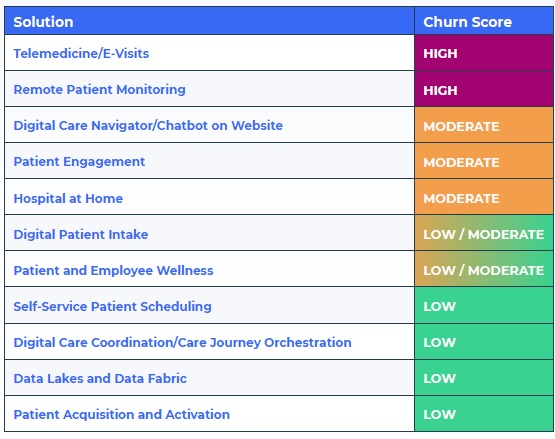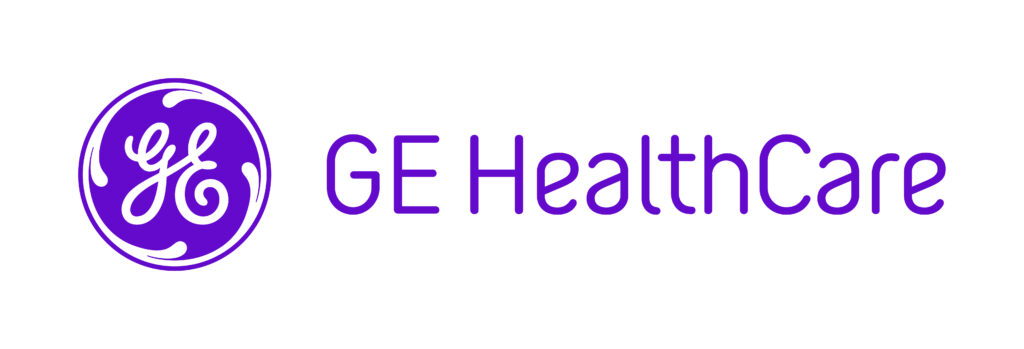 Babylon Health moving forward with AlbaCore Capital LLP ‘Take Private Proposal’ with AlbaCore affiliate MindMaze Group SA. On Friday, Babylon Health as Babylon Holdings Limited filed their Form 8-K with the Securities and Exchange Commission confirming their acceptance of AlbaCore Capital’s ‘Take Private Proposal’. No surprises here as announced in May along with AlbaCore’s interim funding proposal of $34.5 million plus the June timing of Babylon (inevitably) selecting the AlbaCore proposal. [TTA 11 May, 11 May followup]. Babylon did not disclose that there were other proposals under consideration between 10 May and last Friday.
Babylon Health moving forward with AlbaCore Capital LLP ‘Take Private Proposal’ with AlbaCore affiliate MindMaze Group SA. On Friday, Babylon Health as Babylon Holdings Limited filed their Form 8-K with the Securities and Exchange Commission confirming their acceptance of AlbaCore Capital’s ‘Take Private Proposal’. No surprises here as announced in May along with AlbaCore’s interim funding proposal of $34.5 million plus the June timing of Babylon (inevitably) selecting the AlbaCore proposal. [TTA 11 May, 11 May followup]. Babylon did not disclose that there were other proposals under consideration between 10 May and last Friday.
The 23 June Form 8-K (filed on a summer Friday when corporate news goes to hide till the following week) is brief in content despite its eight pages, half of which is devoted to the press release. It delivers the following:
- The core operating subsidiaries of Babylon will be transferred to MindMaze. MindMaze is a private Lausanne, Switzerland-headquartered healthcare company in neuroscience and digital neurotherapeutics in areas such as stroke, traumatic brain injury, Alzheimer’s disease, and Parkinson’s disease. This apparently covers the ‘Go-Forward Business” mentioned in May.
- “The Proposed Transaction provides for a new capital structure and a reduction of pro forma company debt, and is expected to include immediate material funding for current business operations as well as a commitment to fund the combined business of MindMaze and the Company.” This presumably will resolve Babylon’s debt to AlbaCore of $300 million from the SPAC.
- BBLN shares will cease trading upon closing. Class A ordinary shareholders or other equity instrument holders will receive no payment, as disclosed in May. (Shares are trading at $0.65 today, amazingly, but whatever shares are out there are being bought and sold, for instance in restricted stock units being vested and sold for whatever value could be obtained.)
There is no further mention in either the 8-K or the press release of the appointment of UK administrators (similar to a US Chapter 11). Per the May 8-K, these would be appointed by the High Court in London to supervise the transfer of assets from Babylon Holdings Limited to Babylon Group Holdings Limited and then their sale to the ‘NewCo’ formed after the reorganization by AlbaCore Capital as the Go-Forward Business. It may be that the transfer to MindMaze avoids that. Babylon is headquartered in Jersey (Channel Islands) along with Austin, Texas.
The transaction is expected to close in July, subject to regulatory approvals in the US and UK, with Babylon continuing in its business plan and in the press release’s terms, “accelerating its core mission” at least for the short term. In going private, Babylon will no longer have to disclose its ongoing problem of growing losses after this quarter. In Q1, they had a net loss of $63.2 million, a (20.3)% net loss margin, which was 117% greater than last year’s loss of $29.1 million or (10.9%) margin. Noticeably in the release, Babylon CEO and founder Ali Parsa is not quoted.
How it’s positioned: Both companies will operate independently until such time as they can become a “leading value-based care platform with cutting edge technological, clinical and operational ability to both provide holistic primary care and effectively diagnose, manage and treat major episodic and chronic diseases.” Over the longer term, the combination will “align the strengths of their organizations to deliver a truly novel care paradigm and deliver exceptional outcomes for all stakeholders.” No transition of headquarters, leadership, and staff was announced in the release.
The reality–one or the other will change: This Editor considers this a ‘marriage of convenience’ for their chief investor, AlbaCore, to financially reconcile two of their healthcare businesses. Neither are alike or complementary.
- We know how Babylon is performing (or not) as a public company for now. We do not with MindMaze, hidden behind the veil of private financing and ownership.
- Their core businesses are very different–primary care patient access and population health for Babylon, more rarefied and clinical neurotherapeutics for MindMaze.
- Babylon Health is in a crowded primary care and enterprise telehealth sector of healthcare. Morphing to connect populations ‘from reactive sick care to proactive care’ has a few elephants in it named Teladoc and Amwell, along with multiple niche and private label players.
- MindMaze’s public profile is that they have built a long-term clinical footprint–examples such as Izar, a FDA-cleared hand motor therapeutic, a partnership with the Vibra health system in two states, and Mount Sinai in NYC–along with two racing sponsorships in 2022–Andretti Autosport for US Indycar and internationally with Alfa Romeo F1 Team ORLEN, for promoting their MindMaze Labs R&D. According to Crunchbase, the company has raised $340 million over 10 rounds since 2012 including rounds by film star Leonardo DiCaprio, Concord Health Partners in NJ, and London-based Hambro Perks along with AlbaCore.
Taking bets on which company and management survives.
Mobihealthnews and FierceHealthcare recap the releases and recent news for both companies.















Most Recent Comments